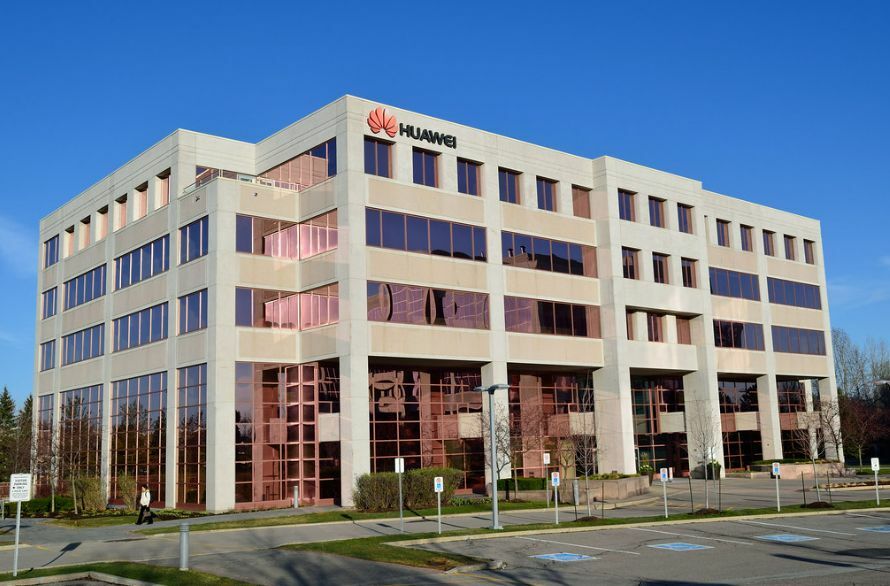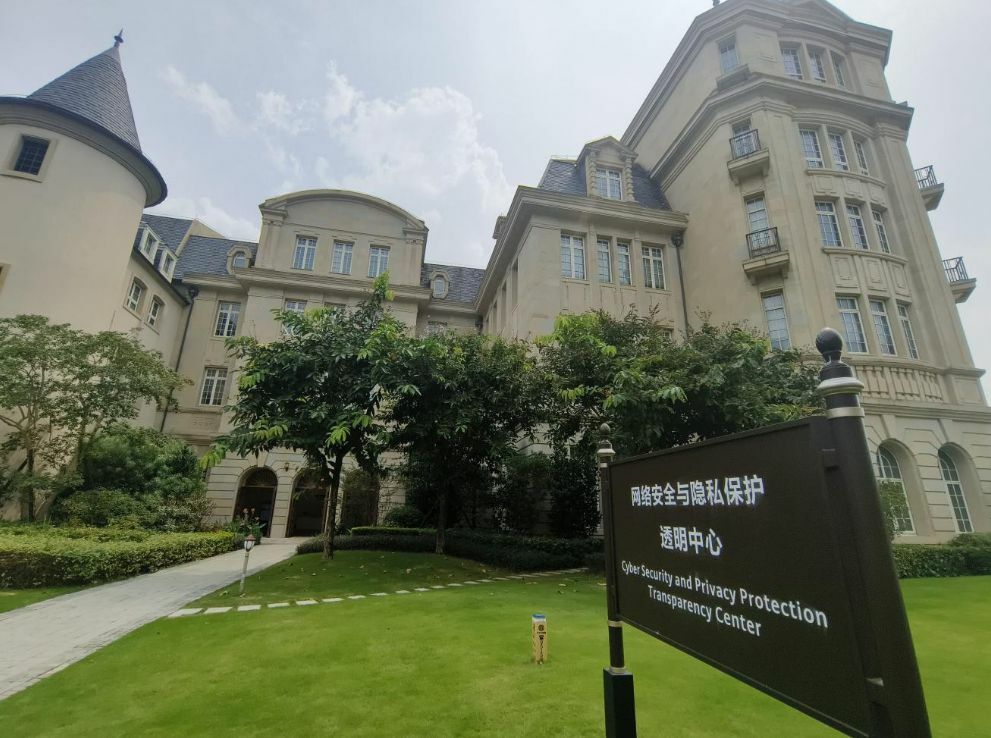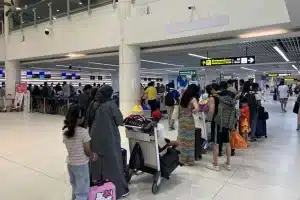Huawei cybersecurity: Largest centre opens to boost 5G trust

Huawei’s cybersecurity and privacy protection transparency centres are designed to address growing concerns and complexity in the sector, especially the uncertainties surrounding the company’s 5G network technology amid the US-China tech conflict. The Chinese tech company inaugurated its largest centre in Dongguan, China, in June 2021.
The company states that the centre serves as a platform for stakeholders in the industry to exchange expertise in cyber governance and collaborate on technical solutions. The centre’s design is meant to showcase solutions, share experiences, encourage communication and joint innovation, as well as support security testing and verification.
Surachai Chatchalermpun, the country cybersecurity and privacy officer of Huawei Technologies (Thailand) Co, expressed to the Bangkok Post that the centre’s objective is to dissipate security concerns and increase trust.
Huawei’s centre in Dongguan follows the establishment of the Cybersecurity and Privacy Protection Transparency Centre in Brussels, Belgium, in 2019. The company also has regional centres in Germany, Italy, the United Arab Emirates, the UK and Canada.
Aligning with the inauguration of the Dongguan centre, Huawei introduced its product security baseline. This is the first time the company has made its product security baseline framework and management practices accessible to the entire industry.
These steps are embedded in the company’s broader initiative to cooperate with customers, suppliers, standards organisations, and other stakeholders to fortify cybersecurity across the industry.

Huawei emphasises the need for a unified approach to cybersecurity in the telecoms sector. Organisations like GSMA and 3GPP are working with industry stakeholders to advance the Network Equipment Security Assurance Scheme (NESAS) specifications and independent certifications. NESAS is a unified security certification standard in the mobile communication industry.
Huawei’s Dongguan Centre
The centre in Dongguan comprises an exhibition hall, a customer communication area, and a customer verification area, where users can test and verify the security of Huawei products.
Furthermore, it houses the Independent Cybersecurity Lab, employing between 200 to 300 ethical hackers, commonly known as “white hackers,” to ensure product security before they hit the production line.
Surachai explains that if a product shows a defect, the lab intervenes to prevent it from reaching the production line. Huawei employs over 3,800 full-time cybersecurity professionals.
“A cybersecurity strategy is built into everything the company does.”
Before making a purchase, customers can verify the security of Huawei’s products in the customer verification area and use their tools to check system and software versions for any errors or vulnerabilities.
This process ensures that the devices delivered to customers match the software version verified in the customer verification area.
Huawei Technology
Huawei brings its expertise from China to collaborate with Thailand’s National Cyber Security Agency, arranging related activities such as cybersecurity competitions to mitigate the shortfall in the cybersecurity workforce.
Since August of the previous year, these activities have generated 10,000 skilled security workers, including secondary students, university students, and other professionals capable of working as white hackers or personnel in various organisations’ cybersecurity operation centres.
Surachai maintains that every Huawei product imported by Thailand complies with the country’s Cybersecurity Act and Personal Data Protection Act. He predicts that attacks on Internet of Things devices and cloud security vulnerabilities will become an increasing trend in Thailand in the future.
Ox Horn Village
The Dongguan centre is located in Huawei’s European-themed model Ox Horn village, which houses its R&D centres. The village, built on the south shore of Songshan Lake in Dongguan, features 12 towns named after European cities, resembling locations in Disney fairy tales.
The construction of the village cost 10 billion yuan (50.4 billion baht) and accommodates 25,000 employees. Each of the 12 towns has a floor space of over 120,000 square metres, providing office space for up to 2,000 people, reported Bangkok Post.
Follow more of The Thaiger’s latest stories on our new Facebook page HERE.
Latest Thailand News
Follow The Thaiger on Google News:


























